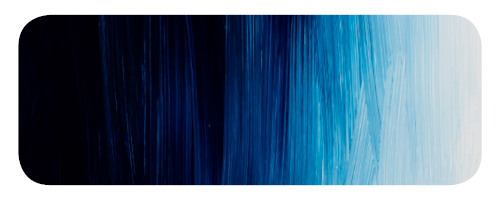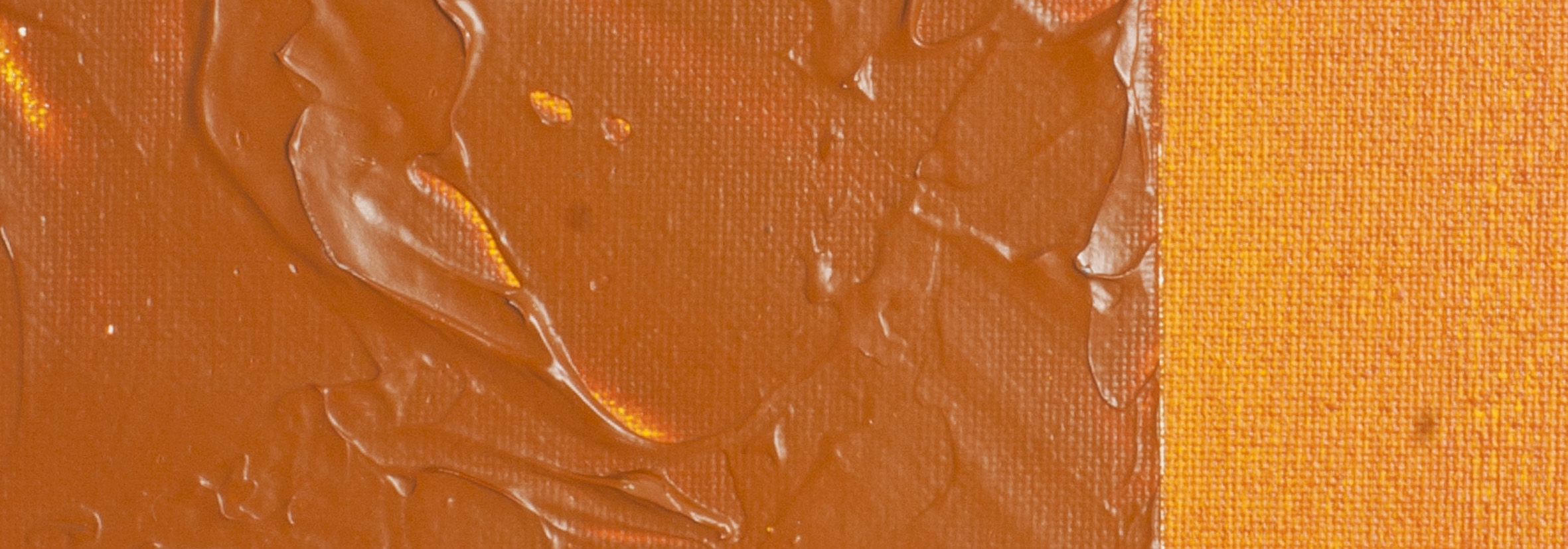Prussian Blue (Hue) | Matisse Studio acrylic paint
Chemical Description: Carbazole dioxazine, Copper phthalocyanine, Carbon black
Pigment Numbers: PV23 / PB15.3 / PBk7
Lightfastness Rating: ASTM II
Pigment Opacity: Transparent
Paint Opacity: Transparent
Series 1

Prussian Blue (Hue) | Matisse Studio acrylic paint
Historically, Prussian Blue transformed the art world. Accidentally discovered in 1706 by Heinrich Diesbach, it became the first synthetic pigment of the modern era, replacing costly or fugitive blues like Ultramarine and Indigo. Its popularity soared globally, becoming a hallmark of Japanese woodblock prints such as Hokusai’s Great Wave off Kanagawa. However, Prussian Blue faced challenges in acrylic paints, as the alkaline conditions of early formulas destabilised this sensitive compound, leading artists to favour the inviolable Phthalo Blue. During the 20th century, as the demands of modern paint and plastic industries grew, chemists revised the once adored pigment, developing improved formulations that addressed its historical flaws.
Matisse, after extensive research and testing, unveiled a remarkable version that shines in acrylic mediums, offering a deep, vibrant hue less greenish than Phthalo Blue. Unlike its synthetic counterpart, Prussian Blue’s dense, mineral-rich character provides a unique body and opacity ideal for bold, expressive painting. Prussian Blue remains invaluable for creating a wide range of colours—from earthy greens with Transparent Yellow Oxide to vivid purples with Magenta Quin Violet. Despite its early hiccups, its versatility, strength and ability to evoke depth and drama continue to make it a favourite among artists.
Safety Data Sheet for Matisse STUDIO Prussian Blue (Hue) (SDS)
To view or download a copy SDS, please CLICK HERE * (271kb)
*The above link will open an external Dropbox window
STUDIO Prussian Blue (Hue) is available in the following sizes
STUDIO • 120ml •

To install this Web App in your iPhone/iPad press ![]() and then Add to Home Screen.
and then Add to Home Screen.

